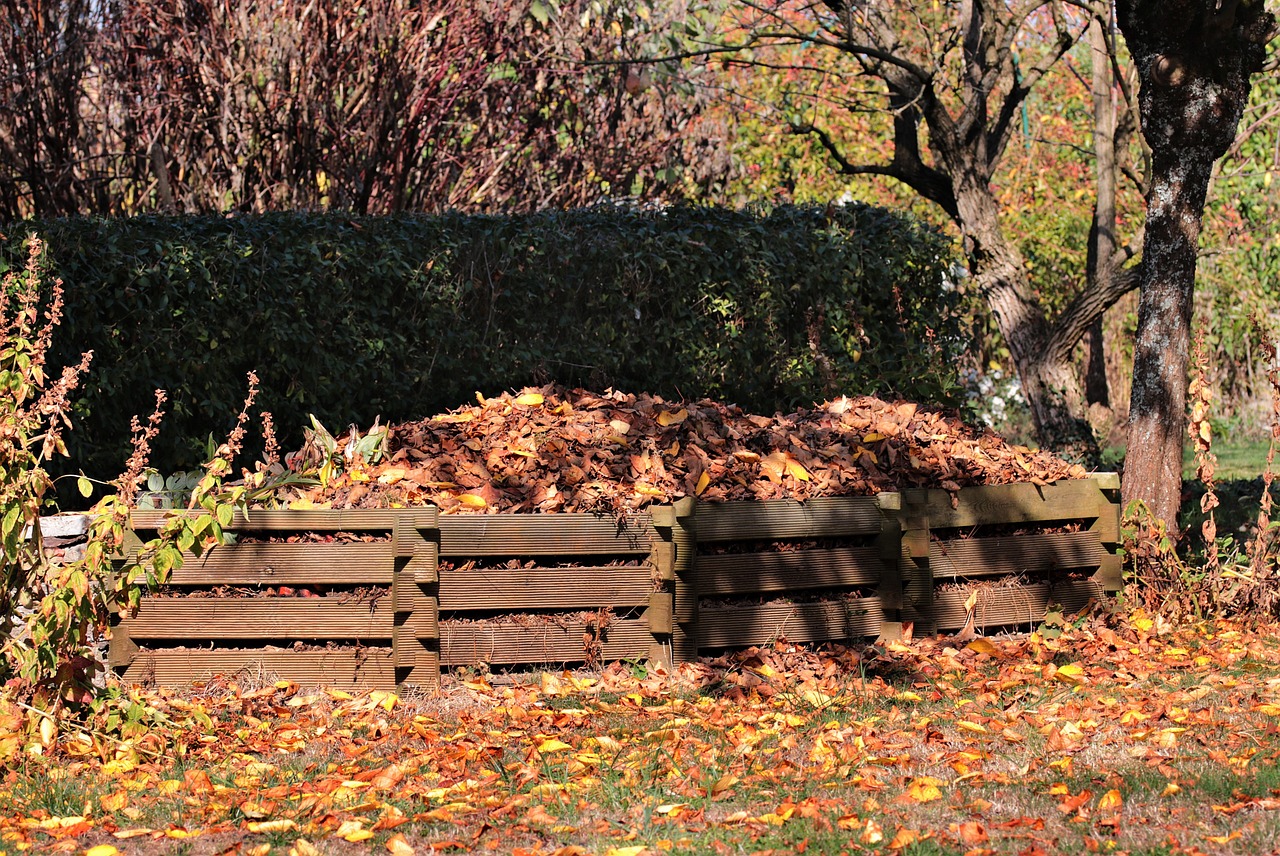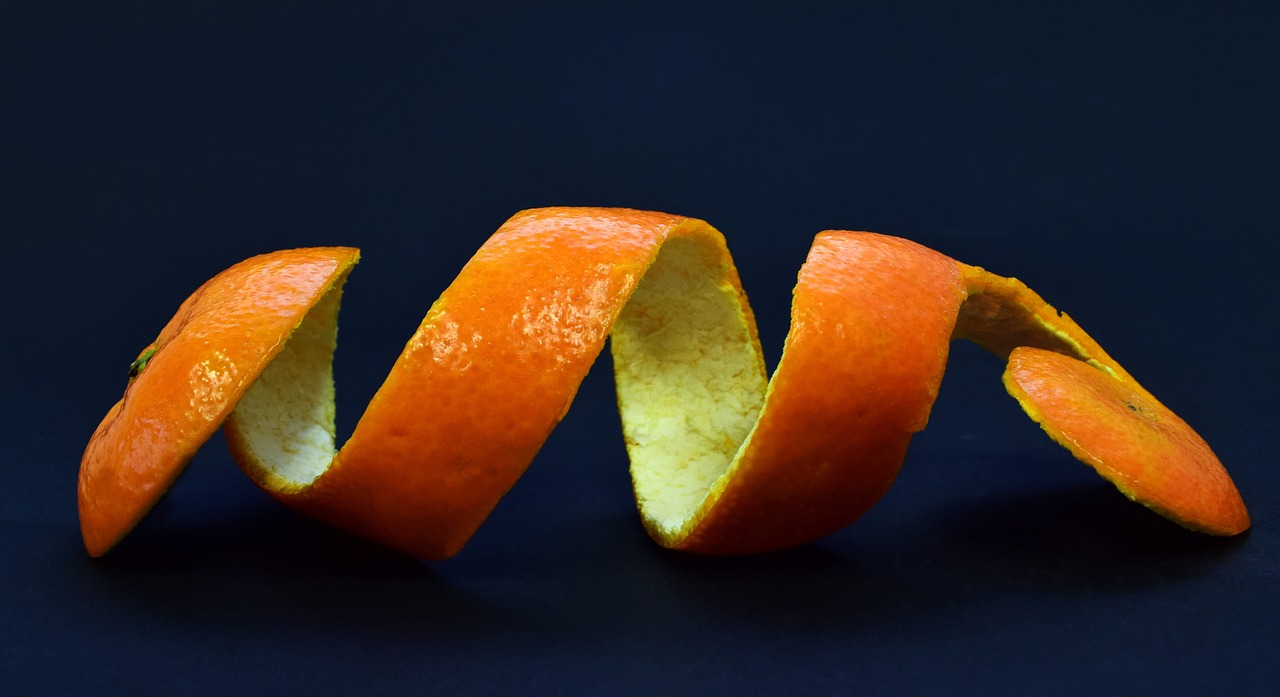In our journey to create rich, healthy compost for our gardens, we’ve undoubtedly encountered the pesky problem of moldy materials. Understanding how to handle these moldy components is crucial for maintaining a balanced and effective compost pile. In “How Do I Handle Moldy Materials In Compost?” we’ll delve into practical tips and advice for dealing with mold in our composting process, ensuring that we turn these unwanted fungi into beneficial nutrients for our soil. Have you ever wondered how to handle moldy materials in your compost? It’s a question we often grapple with, especially when we eagerly toss various kitchen scraps into our compost bins only to be greeted by specks of white, green, or even black mold. The presence of mold in our compost can be quite perplexing and sometimes a bit off-putting. But don’t worry, we’re here to break down everything you need to know about managing moldy materials in your compost.

Understanding Mold in Compost
The first step is to understand what mold is and its role in our compost. Mold is a type of fungus that thrives in damp, warm environments rich in organic matter. Compost bins, being a mix of green (nitrogen-rich) and brown (carbon-rich) materials, provide an ideal environment for mold growth under certain conditions.
Is Mold Bad for Compost?
Mold in compost is a common sight and, in many cases, is a normal part of the decomposition process. Mold helps to break down complex organic materials, turning them into simpler forms that plants can easily absorb. So, while the presence of mold might initially cause concern, it can actually be beneficial for composting when managed properly.
Types of Mold in Compost
Different molds can appear in our compost piles. Each type has its own characteristics and implications.
| Type of Mold | Color | Implication on Compost |
|---|---|---|
| White Mold | White or gray | Often found in browns, helps decompose tough fibrous materials. Generally harmless. |
| Green Mold | Green | Commonly found on bread and fruits. Can be unsightly but typically not harmful. |
| Black Mold | Black | Can signal excessive moisture. Requires careful management, but usually not a deal-breaker. |
| Yellow Mold | Yellow | Often found on decaying organic matter. Can be a sign of anaerobic conditions. |
Understanding these types of mold can help us better manage our composting process.
Causes of Mold in Compost
Let’s explore the factors contributing to mold growth in our compost piles:
Moisture Levels
Too much moisture creates an ideal environment for mold but can result in slimy, smelly piles. The key is to maintain a balance where the compost is as damp as a wrung-out sponge.
Aeration
Poor airflow can lead to the development of anaerobic (oxygen-deprived) conditions, inviting mold. Ensuring adequate oxygen by turning our compost frequently can mitigate this issue.
Material Composition
Certain high-water-content materials like fruits and vegetables can foster mold growth. Similarly, adding too many nitrogen-rich materials without balancing them with carbon-rich materials can disrupt the balance, promoting mold.
Managing Mold in Compost
Now that we’ve identified the causes, let’s dive into strategies to manage and reduce mold in our compost.
Balancing Green and Brown Materials
Balancing green (nitrogen-rich) and brown (carbon-rich) materials is critical. An ideal compost pile has a ratio of about 1 part green to 3 parts brown materials.
| Green Materials | Brown Materials |
|---|---|
| Fruit and vegetable scraps | Dry leaves, straw, wood chips |
| Coffee grounds | Paper, cardboard |
| Grass clippings | Sawdust |
| Manure | Shredded newspaper |
By keeping this ratio, we reduce the likelihood of mold taking over the pile.
Turning the Pile Regularly
Regularly turning the compost ensures the decomposition process remains aerobic. This not only accelerates decomposition but also disrupts mold growth by introducing fresh oxygen.
Monitoring Moisture Levels
We must regularly check the moisture levels in our compost. If it feels too wet, adding more brown materials or introducing ventilation can help. Conversely, if it’s too dry, a light sprinkle of water should do the trick.

What to Do with Moldy Materials
When we encounter moldy materials, the way we handle them significantly affects the composting process.
Adding Moldy Materials to Compost
In most cases, adding moldy materials directly to the compost is perfectly fine. Moldy bread, fruits, and vegetables can actually catalyze the decomposition process.
Isolating and Pre-Composting
For more mold-sensitive gardeners, isolating moldy materials and pre-composting them in a separate bin for a few weeks can be beneficial. Once they start breaking down, we can add them to our main pile without worrying about mold spread.
Using Hot Composting Methods
Hot composting can kill molds more effectively. If we maintain internal compost temperatures between 140°F and 160°F for several days, most mold spores will be eliminated.
Troubleshooting Common Issues
Composting isn’t always smooth sailing, and several issues can crop up along the way. Here are some common problems we might encounter and how to correct them:
The Compost Pile Smells Bad
If our compost pile smells rotten or sulfurous, it’s likely because it has become anaerobic. To fix this, we should aerate the pile by turning it and adding more brown materials to absorb excess moisture.
Pile Not Heating Up
If our compost pile isn’t getting warm, it could be due to a lack of nitrogen. Adding more green materials like fresh grass clippings or kitchen scraps can help kick-start the heating process.
Compost Attracting Pests
Moldy food can attract pests like rodents and insects. To prevent this, we should avoid adding meats, dairy, and oils to our compost. Ensuring the bin is securely closed and well-ventilated can also help deter pests.

Benefits of Mold in Compost
While mold may initially seem undesirable, it brings several benefits to our composting process:
Enhanced Decomposition
Mold plays a crucial role in breaking down cellulose and lignin in organic matter, speeding up the overall composting process.
Nutrient Enrichment
As mold decomposes organic materials, it releases essential nutrients into the compost, enriching the final product and making it more beneficial for our gardens.
Improved Soil Structure
Moldy compost can improve soil structure, enhancing aeration and water retention, which is beneficial for plant health.
Common Myths About Mold in Compost
There are several myths surrounding mold in compost which need to be dispelled:
Myth: Moldy Compost is Harmful to Plants
Contrary to popular belief, moldy compost is not harmful to plants. In fact, it can be quite beneficial, provided it is well-managed and fully decomposed.
Myth: Mold Should Be Completely Eliminated
Trying to eradicate mold entirely is neither practical nor necessary. Mold is a natural part of the decomposition process and can be controlled through good composting practices.
Myth: Mold in Compost Indicates Failure
Seeing mold in our compost doesn’t mean we’ve failed. It simply means adjustments might be needed in our composting process to maintain balance and efficiency.

FAQs About Mold in Compost
We often get a lot of questions regarding mold in compost. Here are some frequently asked questions:
Can I compost food with mold on it?
Absolutely! Mold helps break down organic matter, making it a helpful ally in the composting process. Just make sure to maintain balance and turn the compost regularly.
Is mold in compost dangerous?
Most mold found in compost is harmless and even beneficial for decomposition. However, if we have allergies or respiratory issues, it’s a good idea to wear a mask when turning the compost.
How can I prevent mold from spreading to my garden?
Ensuring our compost is fully decomposed before use will prevent any potential mold from spreading to our garden. Properly managed compost should be dark, crumbly, and free from any strong odors.
Final Thoughts
Handling moldy materials in compost might seem challenging at first, but with the right knowledge and practices, it becomes an integral part of effective composting. Remember, mold is a natural ally in breaking down organic matter and, when managed properly, can significantly enhance our compost’s quality and our garden’s health.
So the next time you spot mold in your compost, embrace it with the understanding that it’s playing a vital role in the decomposition process. Happy composting!



